Search Images
Browse Content (p. 1269)
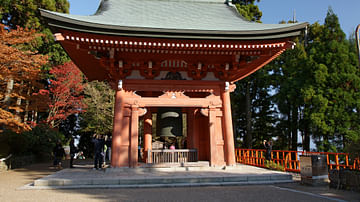
Image
Bell Tower, Enryakuji
The Bell Tower of the Buddhist Enryakuji temple complex, Mt. Hiei, Japan. The site was founded by the monk Saicho in the early 9th century CE but all the buildings are later reconstructions.
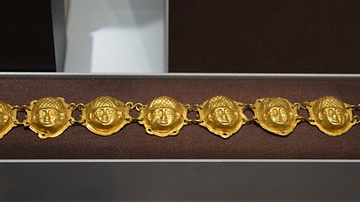
Image
Etruscan Gold Jewelry
A strand of a gold Etruscan necklace, found in Italy, dating back to between 800 and 500 BCE.
Field Museum in Chicago, Illinois, USA.
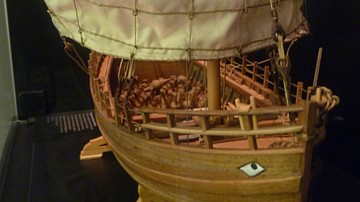
Image
Greek Trading Ship
Greek trading ship model, 4th century BCE
Barcelona Archaeological Museum
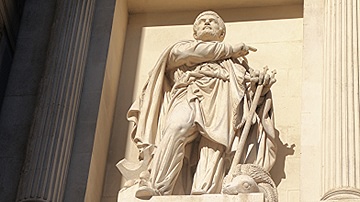
Image
Pytheas
Statue of Greek traveller, Pytheas.
Marseille, Palais de la Bourse
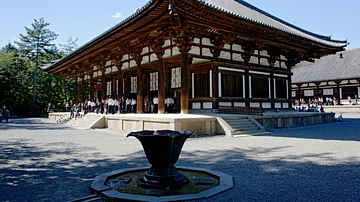
Image
Main Hall, Toshodai-ji
The Toshodai-ji is a Buddhist temple of the Risshu sect in Nara, Japan. Founded in 759 CE by the Chinese monk Ganjin, it boasts the largest Nara period building that has survived. This is the Main Hall or Kondo which has a distinctive facade...
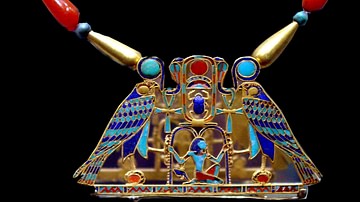
Image
Pectoral of Senusret II
Pectoral of Senusret II (c. 1897-1878 BCE). Middle Kingdom, Egypt.
Metropolitan Museum of Art, New York.
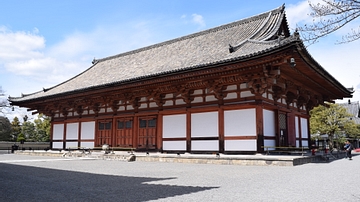
Image
Kodo, To-ji
The Kodo or Lecture Hall of the To-ji temple complex near Heiankyo (Kyoto), Japan. The original building was constructed in 835 CE but the present version, copying the original, dates to 1491 CE. Listed as an Important Cultural Asset of Japan...
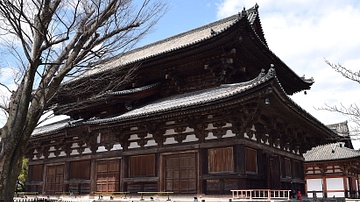
Image
Main Hall (Kondo), To-ji
The Kondo or Main Hall of the To-ji temple complex, Kyoto, Japan. Originally built in the 8th century CE the present structure dates to 1606 CE. National Treasure of Japan.

Image
Kondo, To-ji Temple
The Kondo or Main Hall of the To-ji temple complex, Kyoto, Japan. Originally built in the 8th century CE the present structure dates to 1606 CE. National Treasure of Japan.
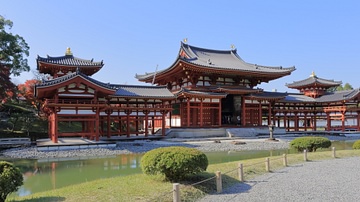
Image
Phoenix Hall, Byodo-in, Uji
The Phoenix Hall of Byodo-in, Uji, founded in 1052 CE by Fujiwara no Yorimichi during the Heian Period. A Buddhist temple site dedicated to Amida. South of Kyoto, Japan.